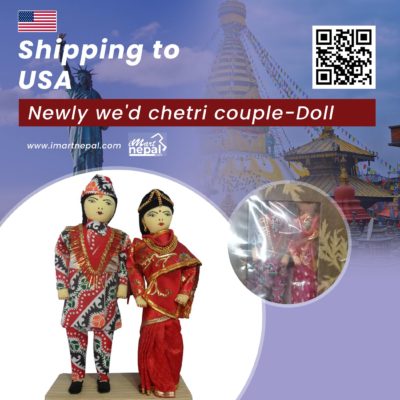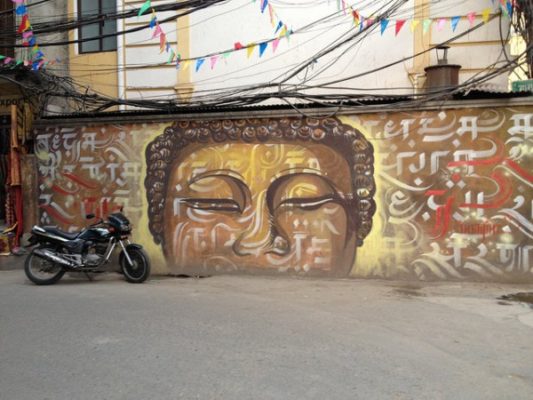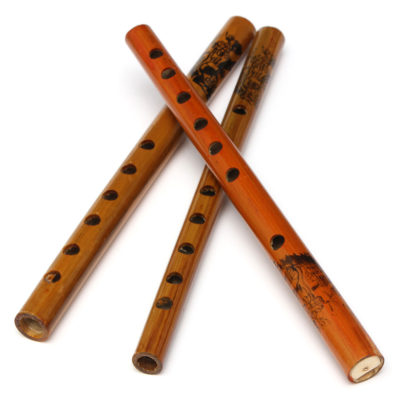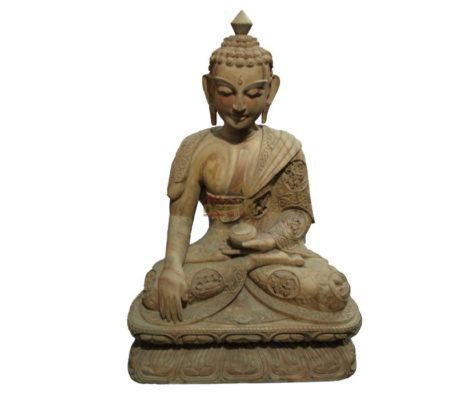
Similar Posts

Nepali Art: Sources of Art

Art
The art and culture of Nepal has been strongly influenced by the religious beliefs of the country. The artwork is decorative, delicate and very beautiful. Nepal art is strongly influenced by the culture of the people and the two really go together and are interwoven. The two most typical forms of art are that of paintings and sculptures. Nepal art and culture has changed little over the centuries though western influences are slowly starting to affect some modern artists.

Nepal Tourist Places | Beautiful Places to Visit In Nepal
Nepal Tourist Places | Beautiful Places to Visit In Nepal
What’s the first thought that pops up in your mind on hearing the word Nepal? When I put this question to any foreigner I meet while trekking or traveling, I get the same answer almost every time and you’ve probably guessed it right. Its freaking Mount Everest, right? And guess what, I can’t help grinning when that answer slowly strikes my eardrum and my auditory nerve, languishing delivers to it the cerebrum because it’s amazing.

Art of Mithila: A Living Tradition
The dazzling Mithila artwork produced by Maithili women of Nepal can be traced back as…

Bansuri: The Best Nepali Musical Instrument
The word bansuri originates in the Sanskrit: “bans” which simply mean bamboo and “Sur” which…

Different types of buddha statue – best list sorted by used material
Buddha “An Awakened one” also admired as profounder of Buddhism, is a legendary religious leader…

